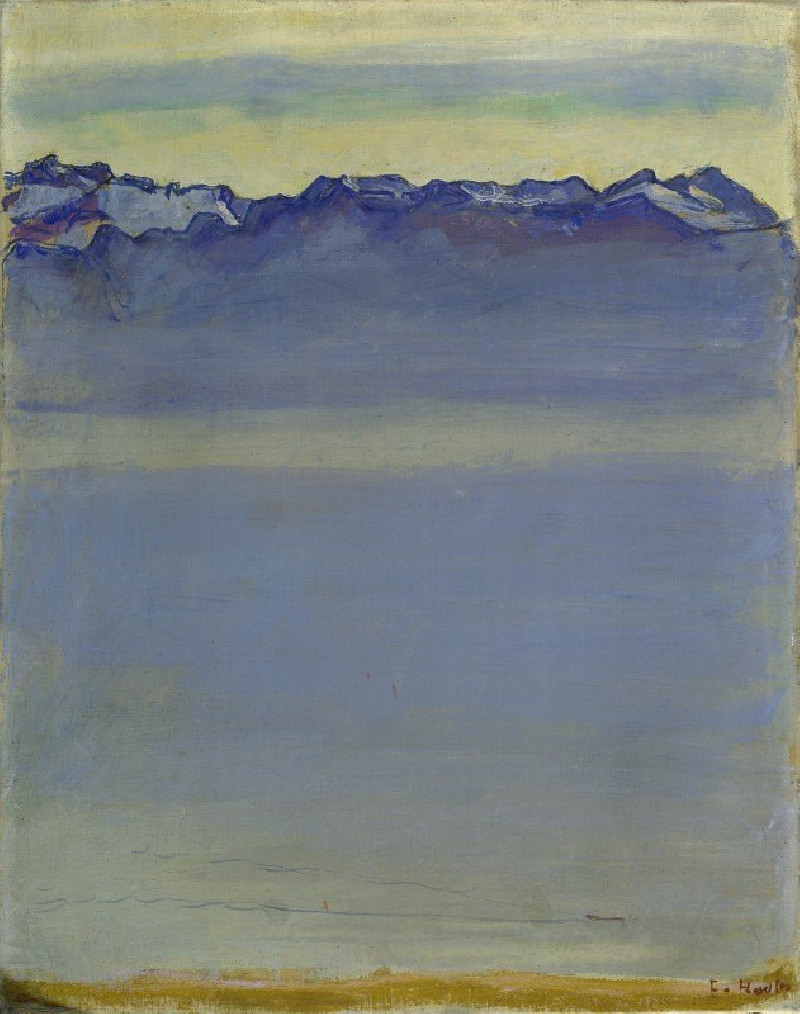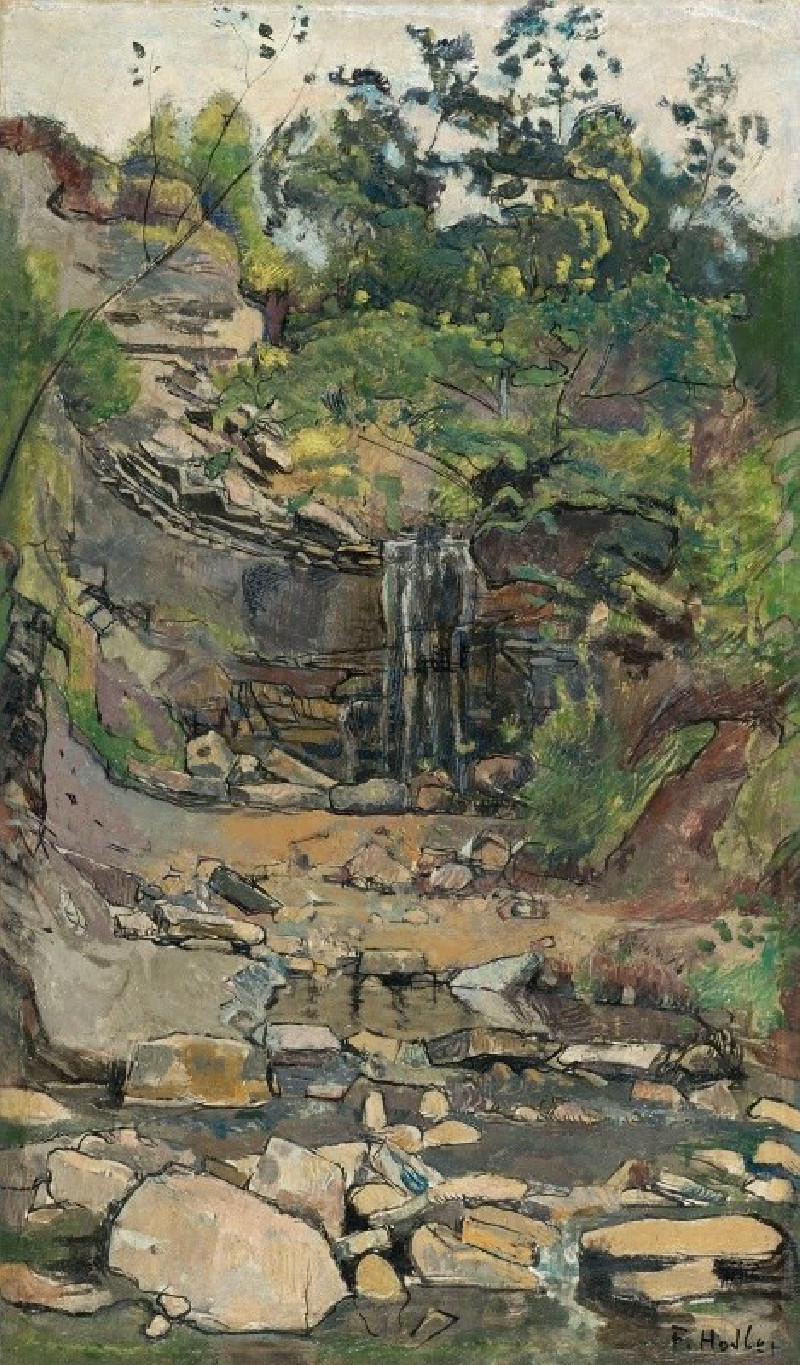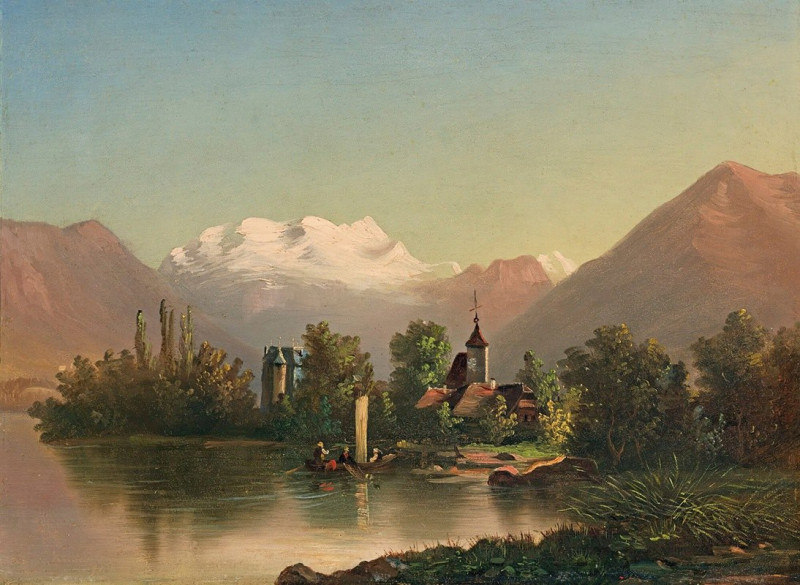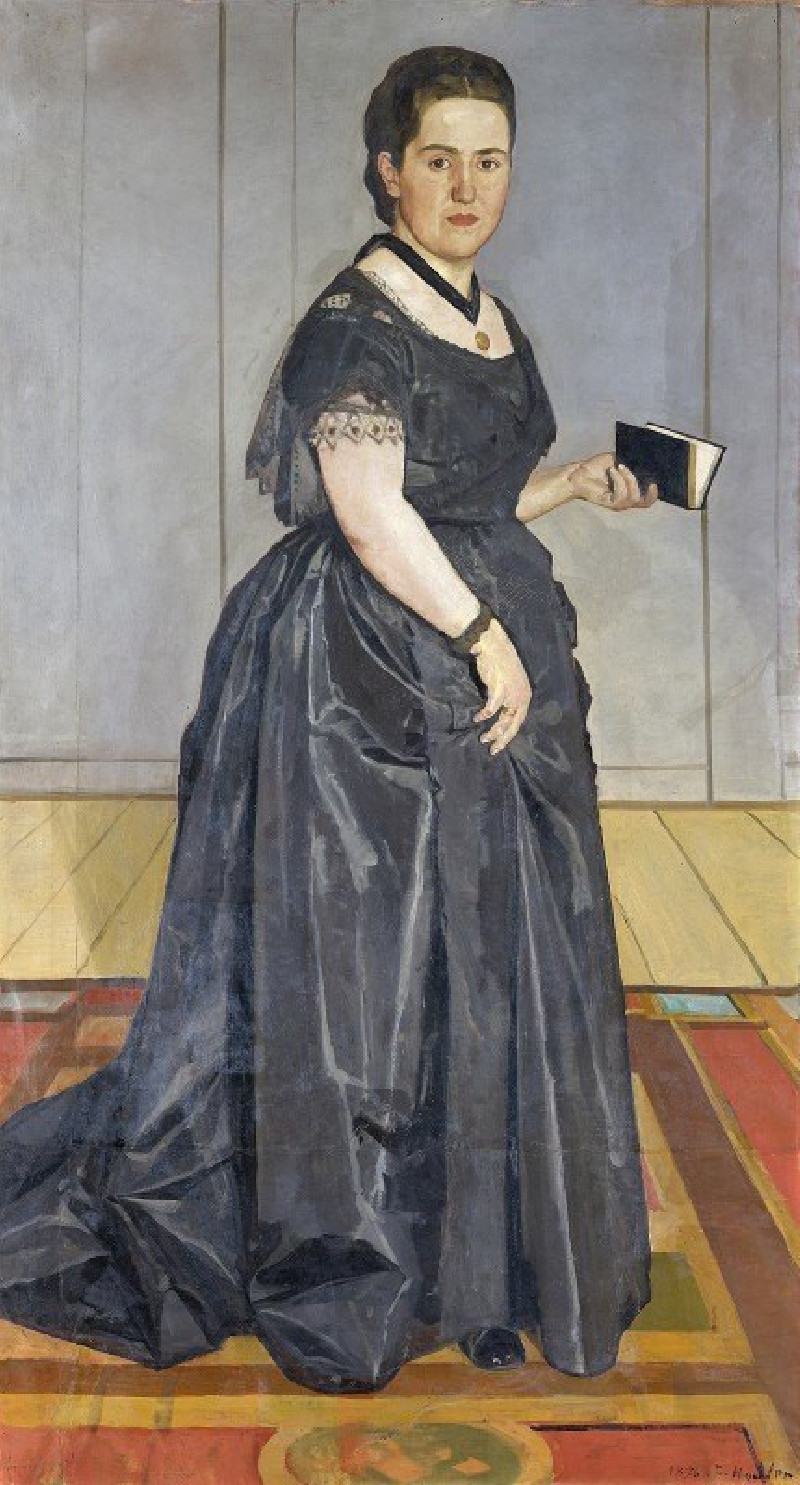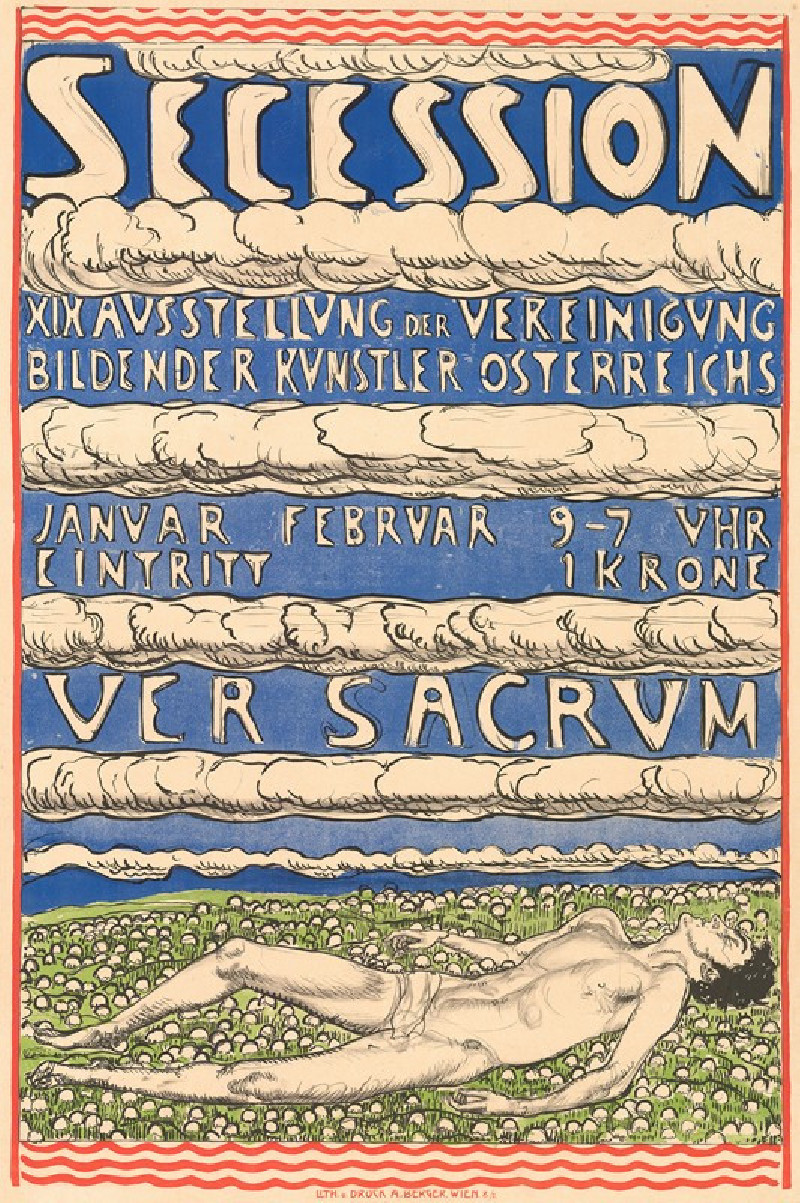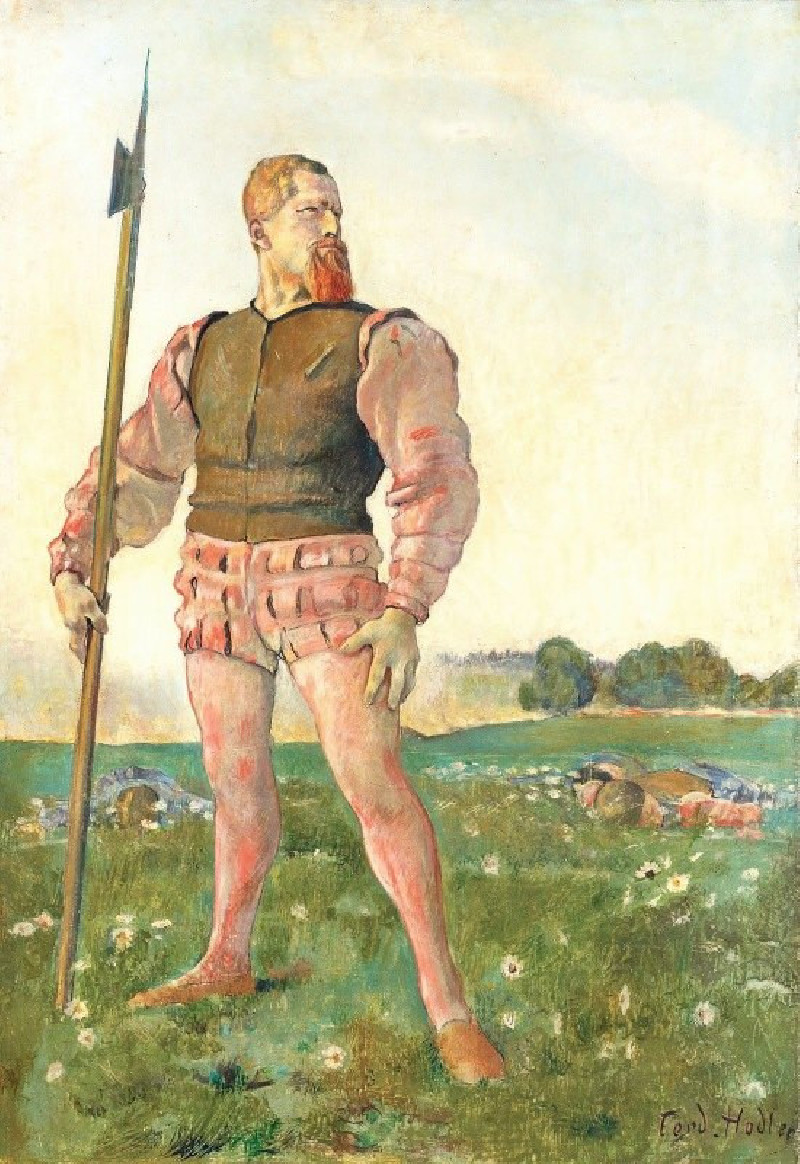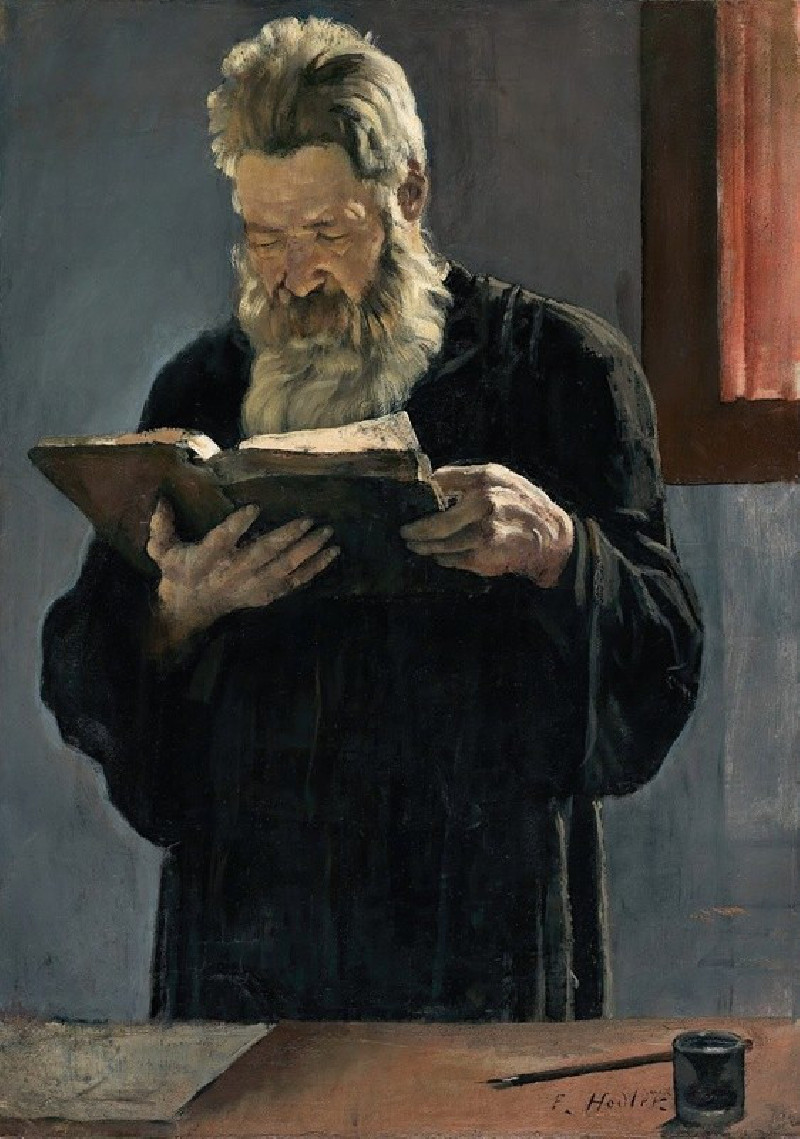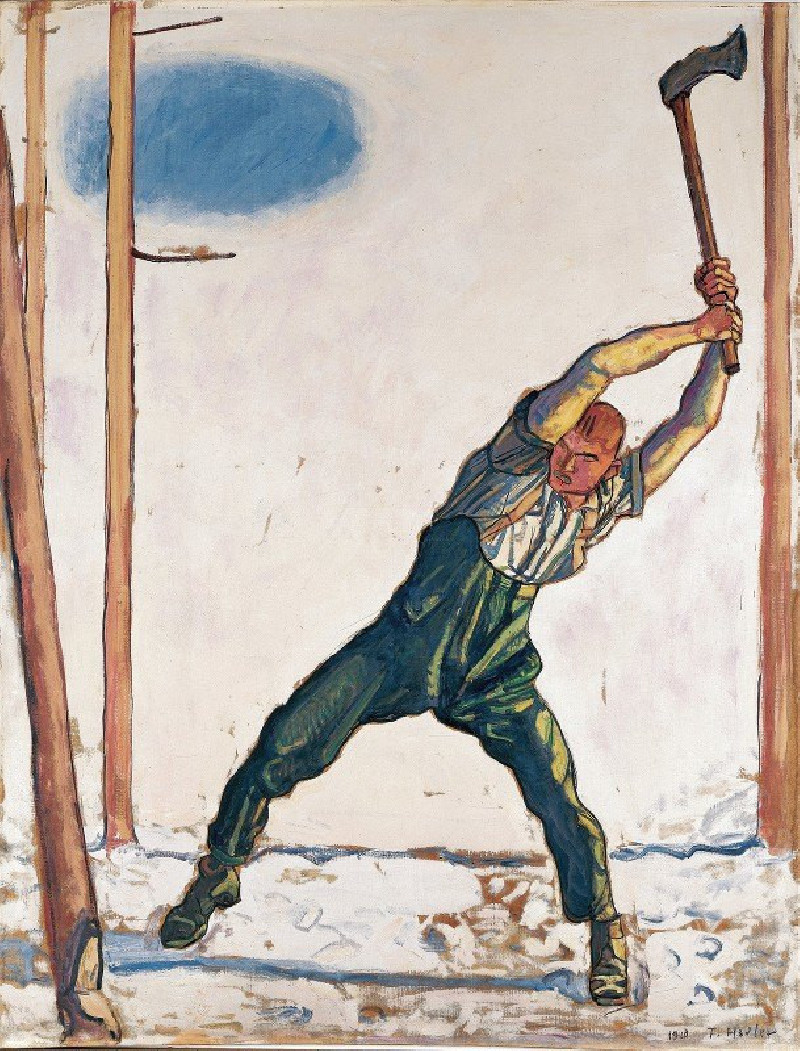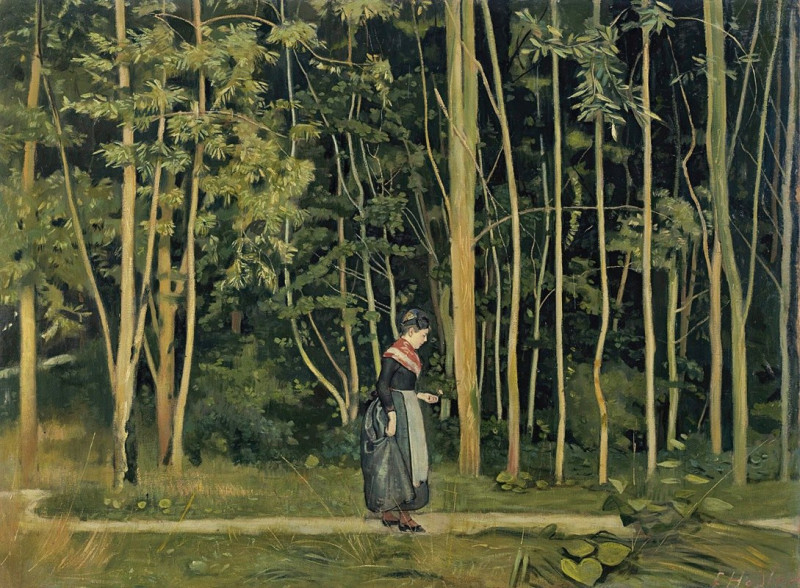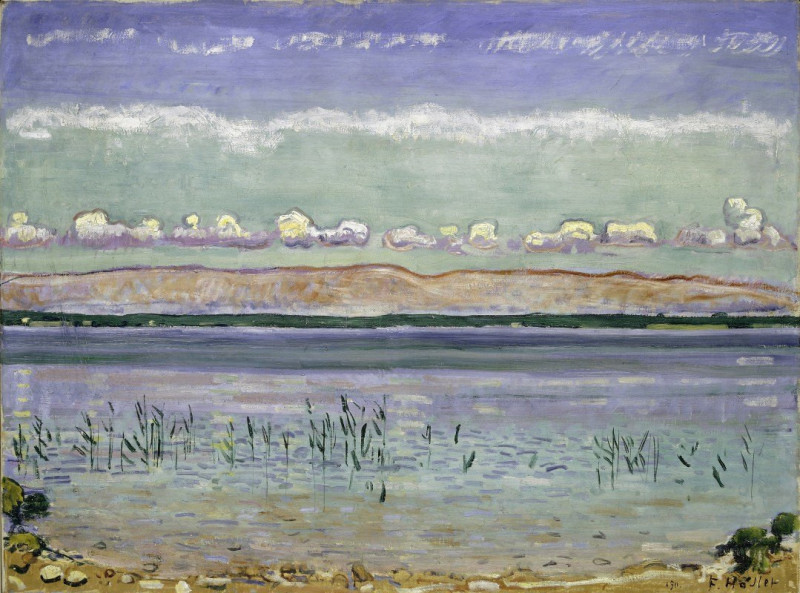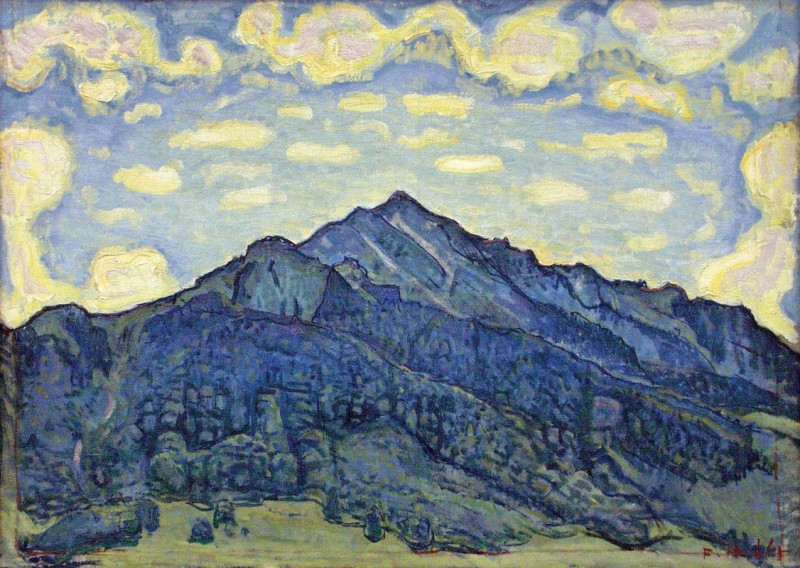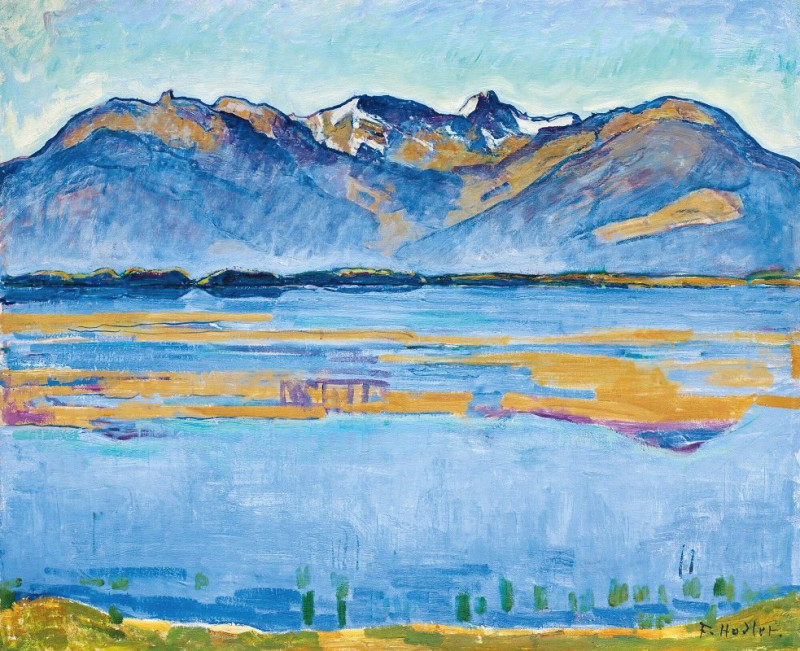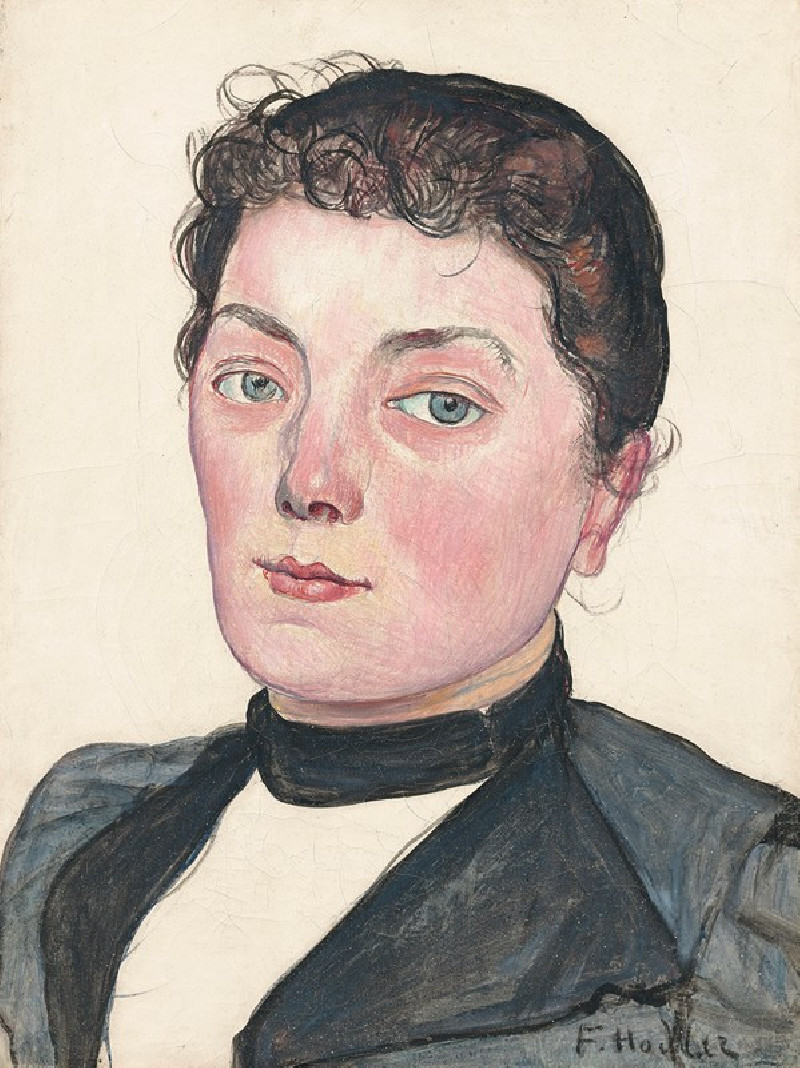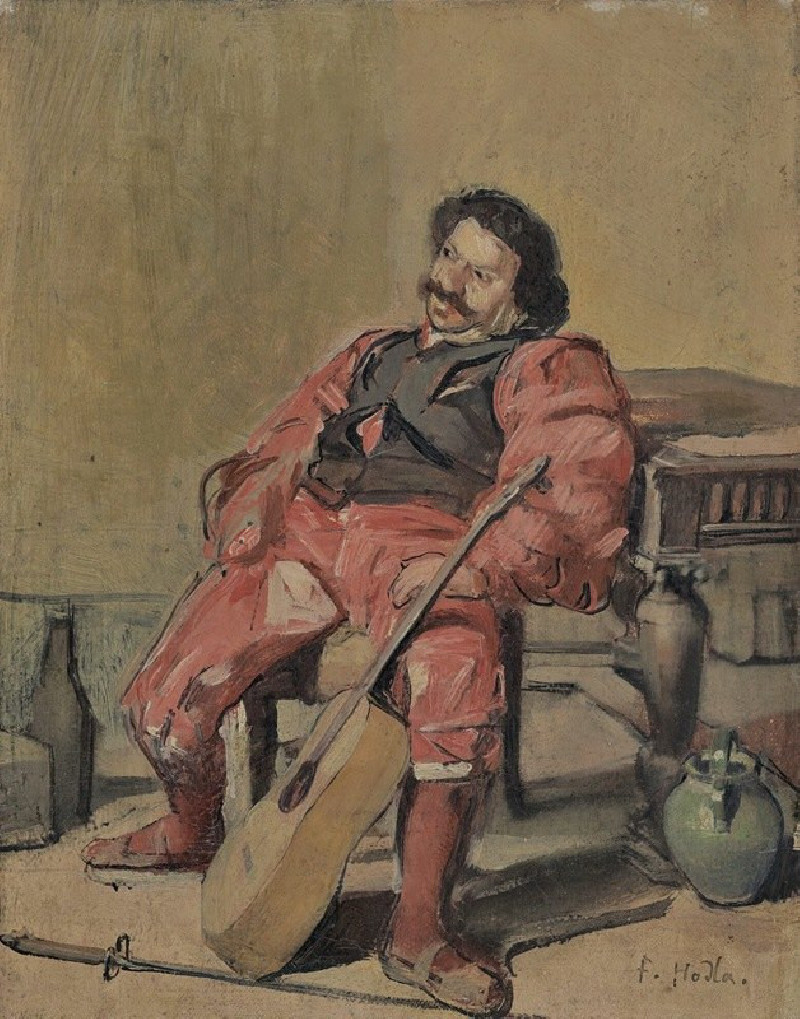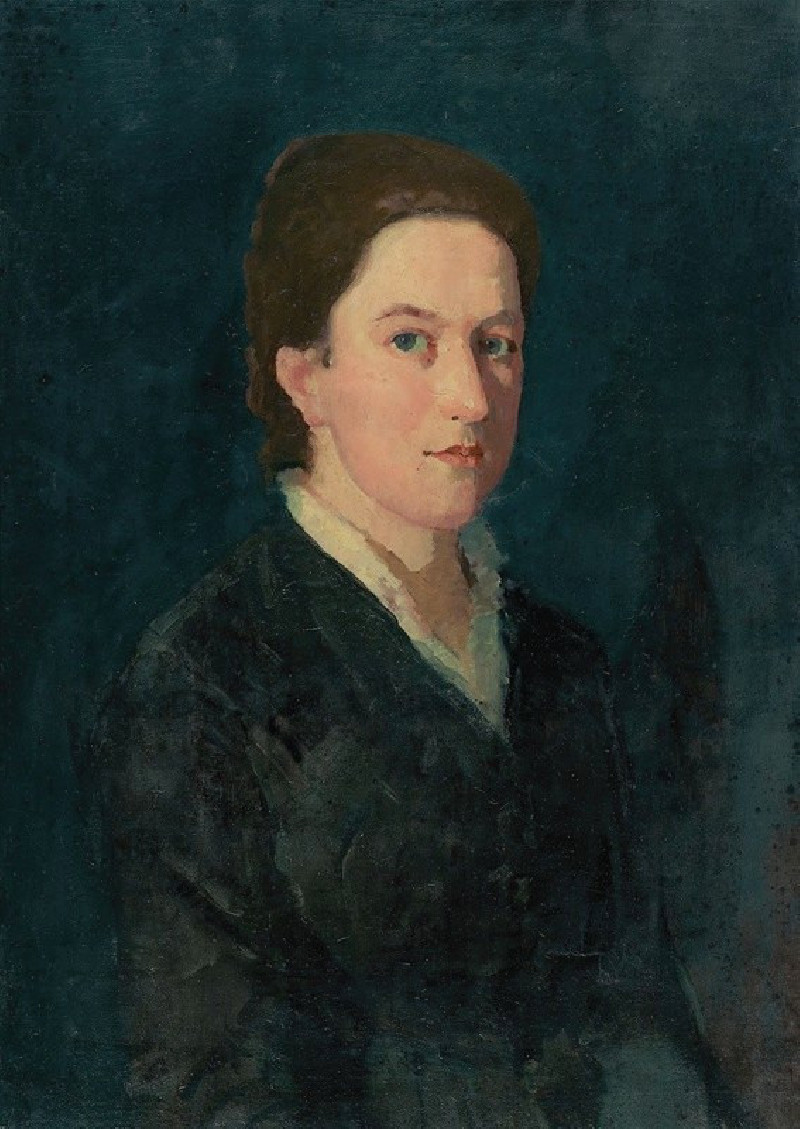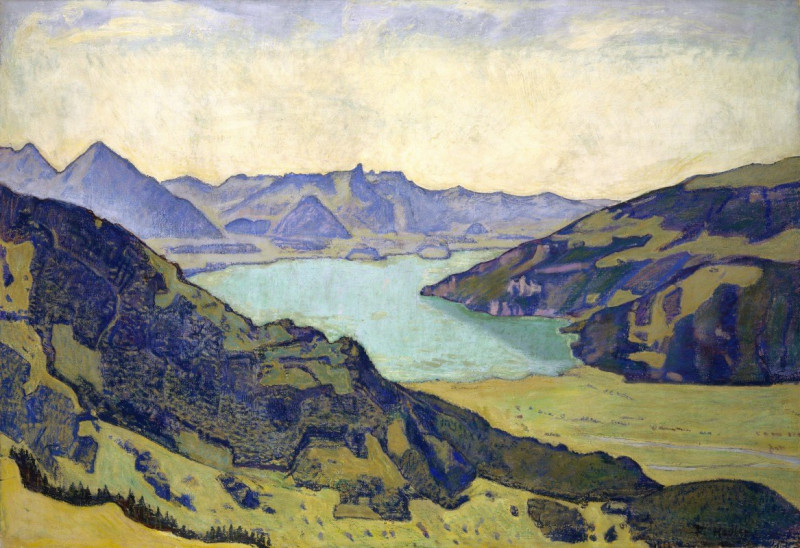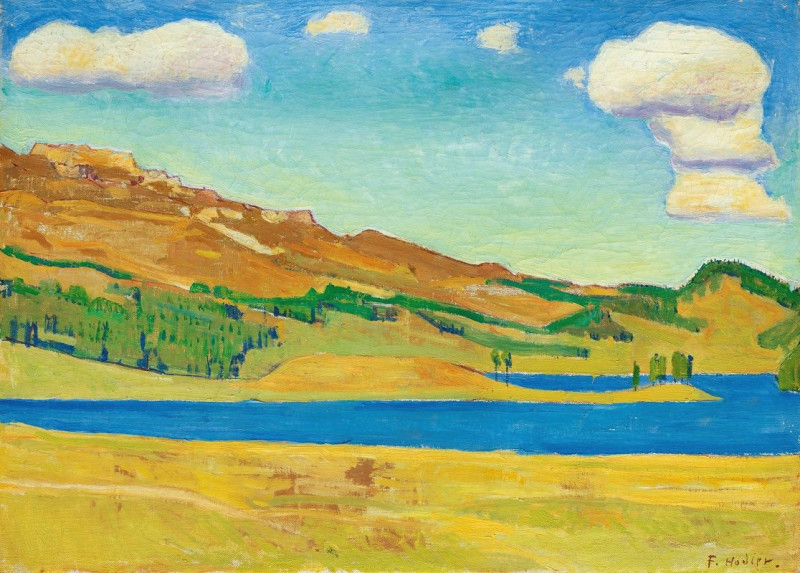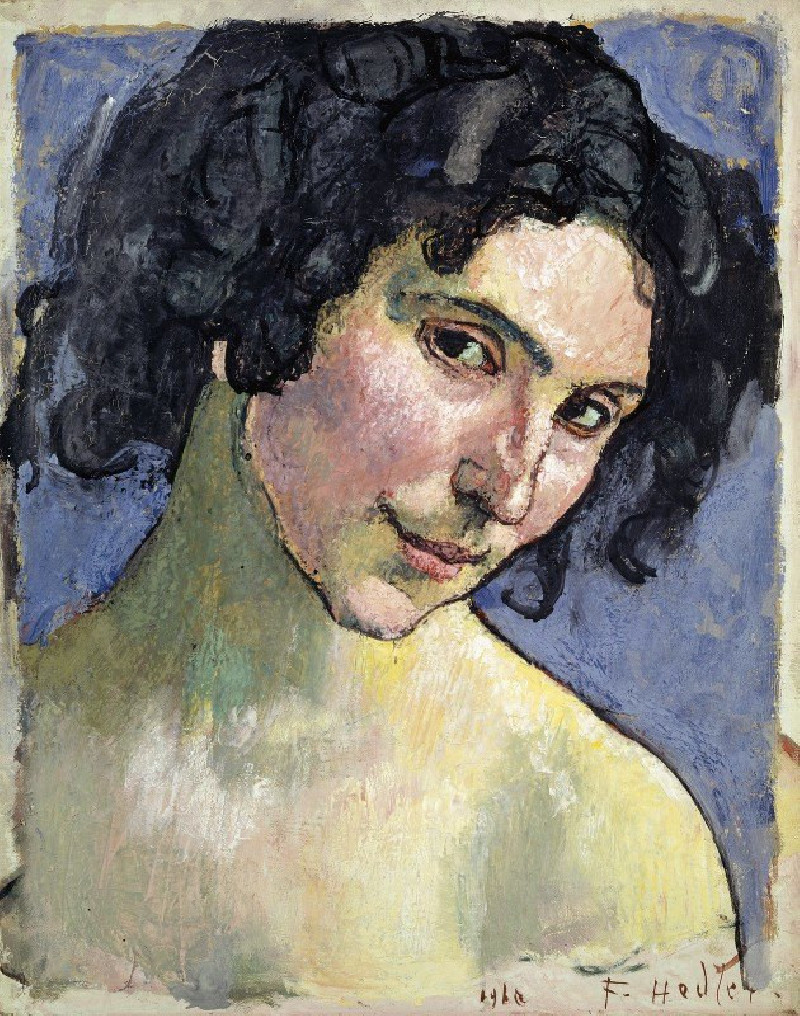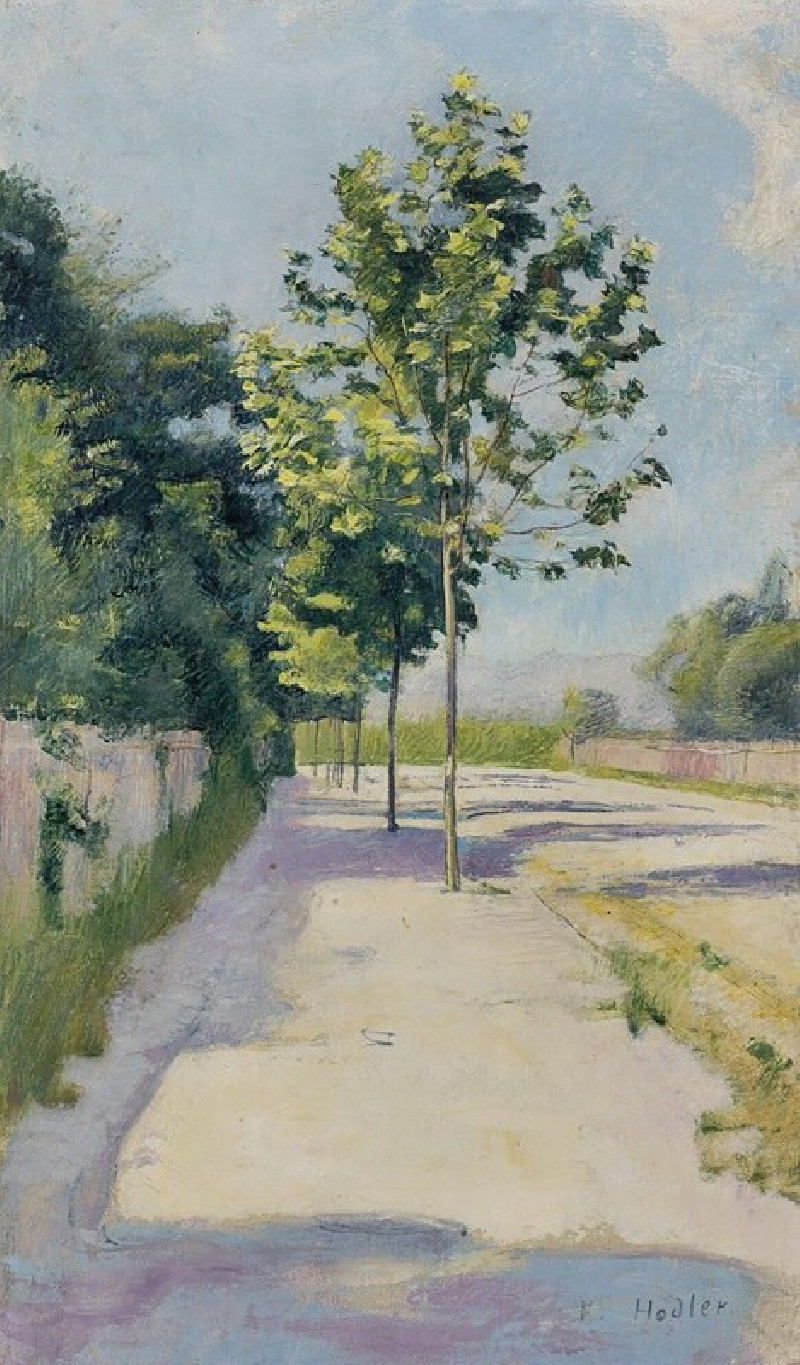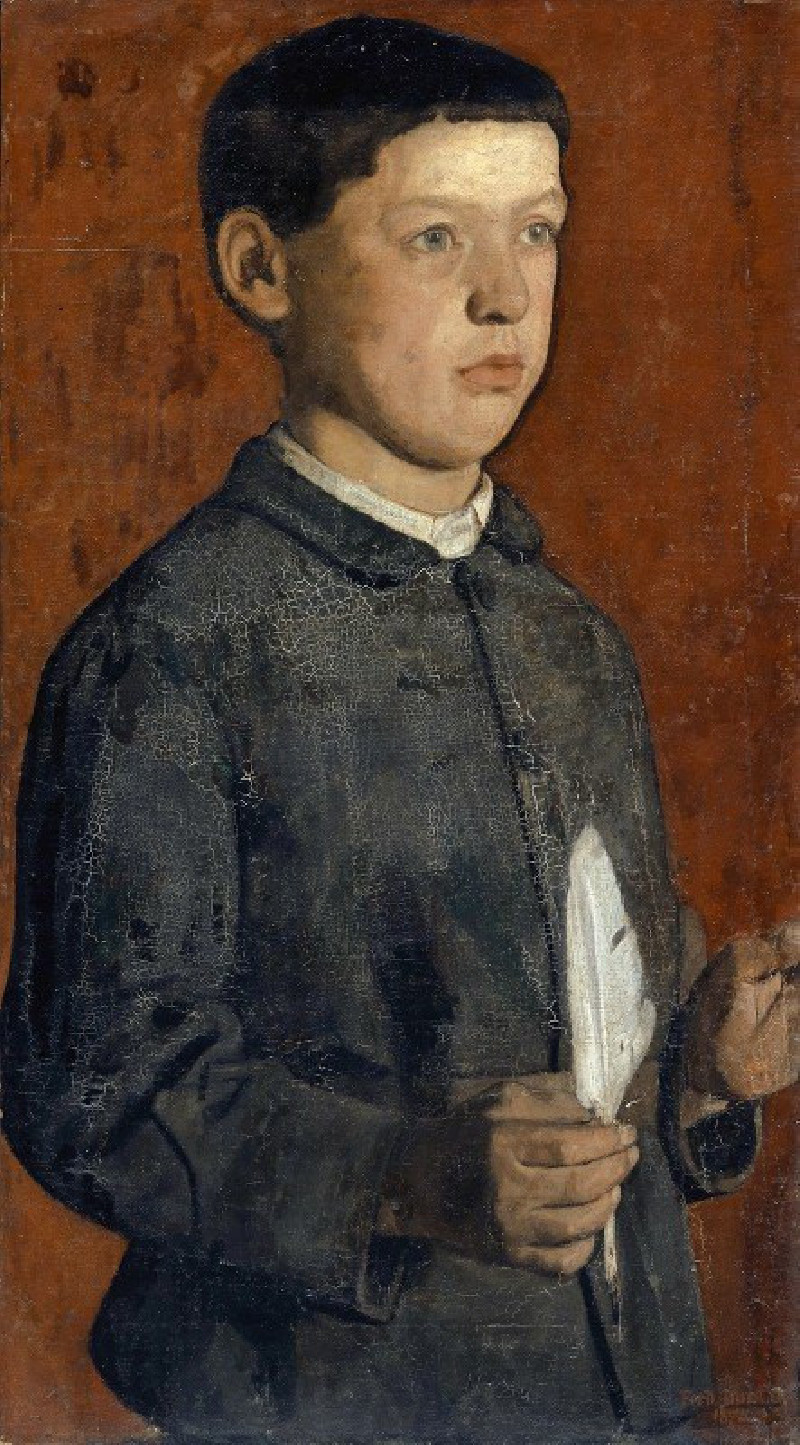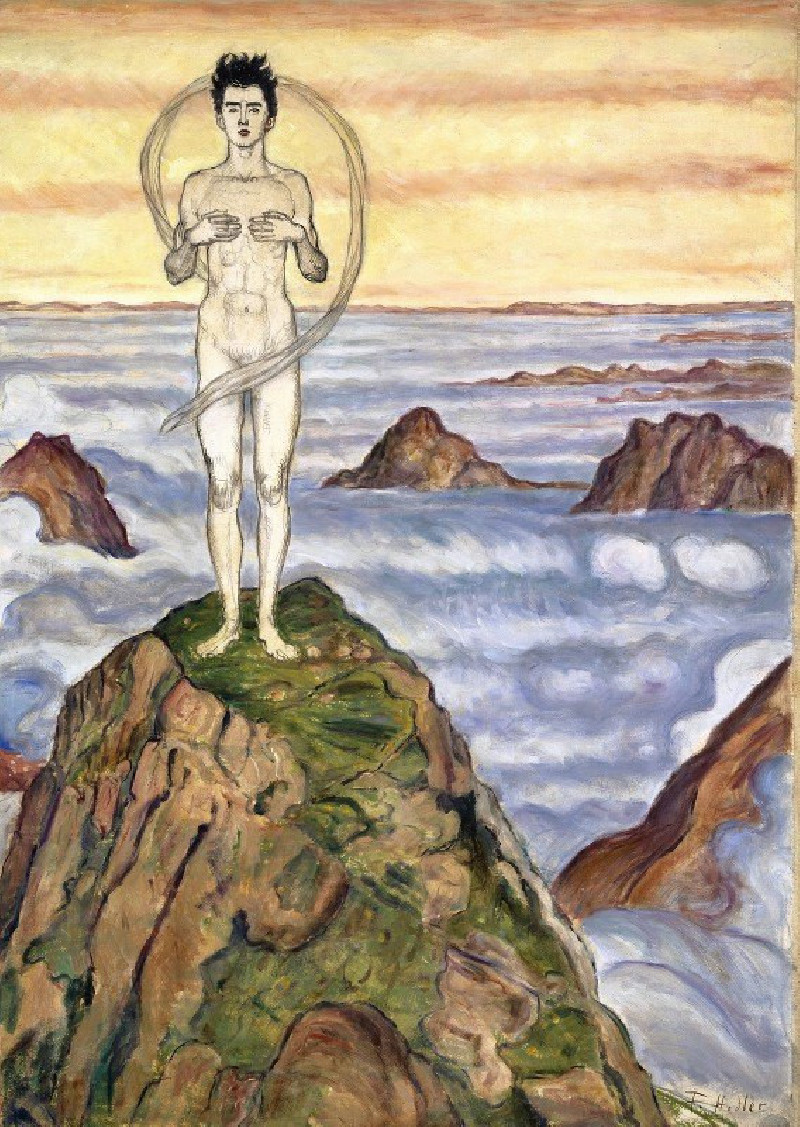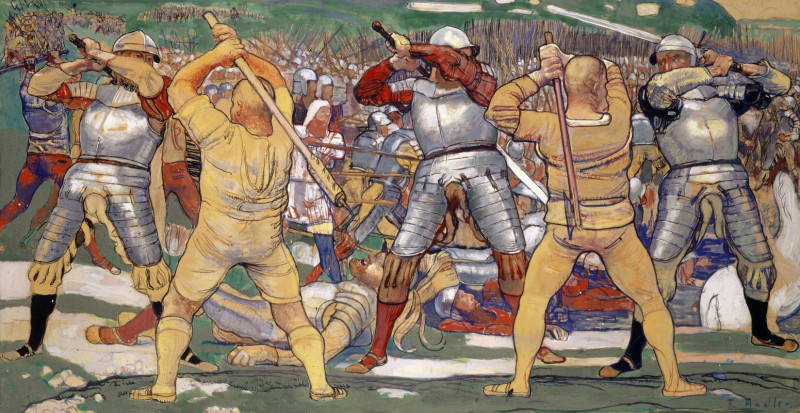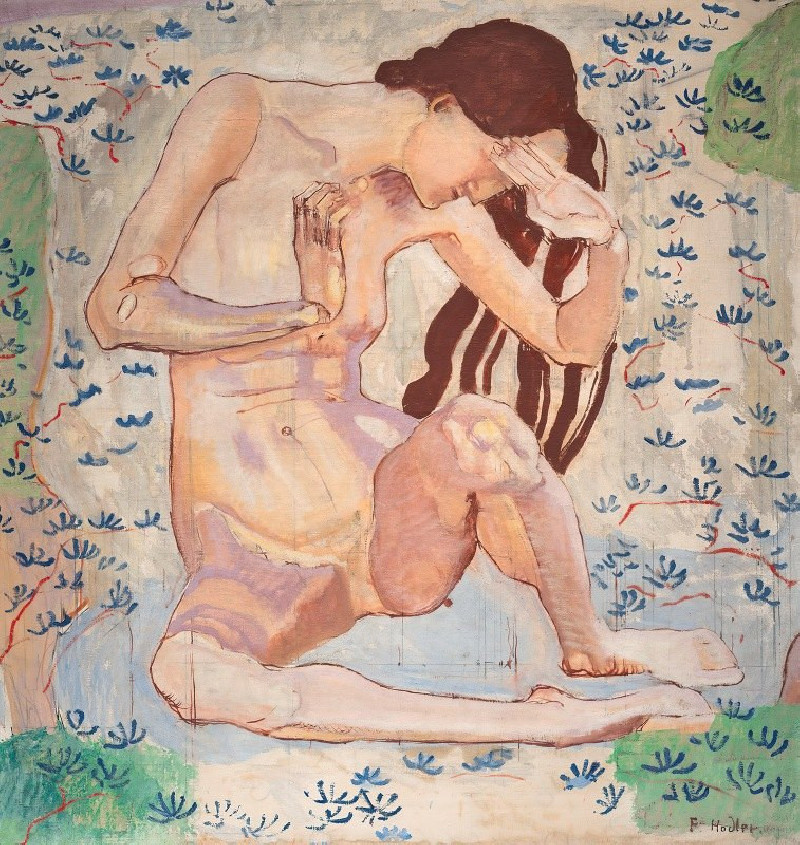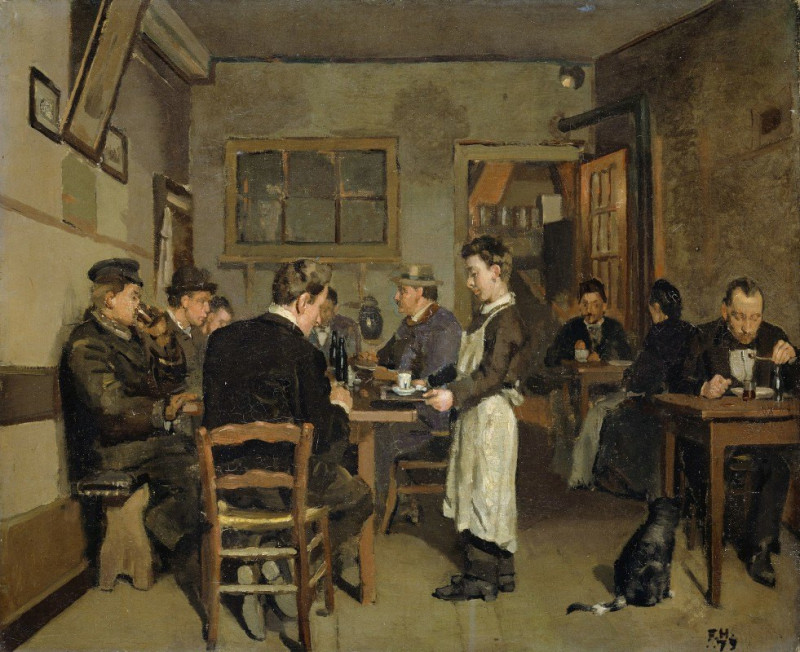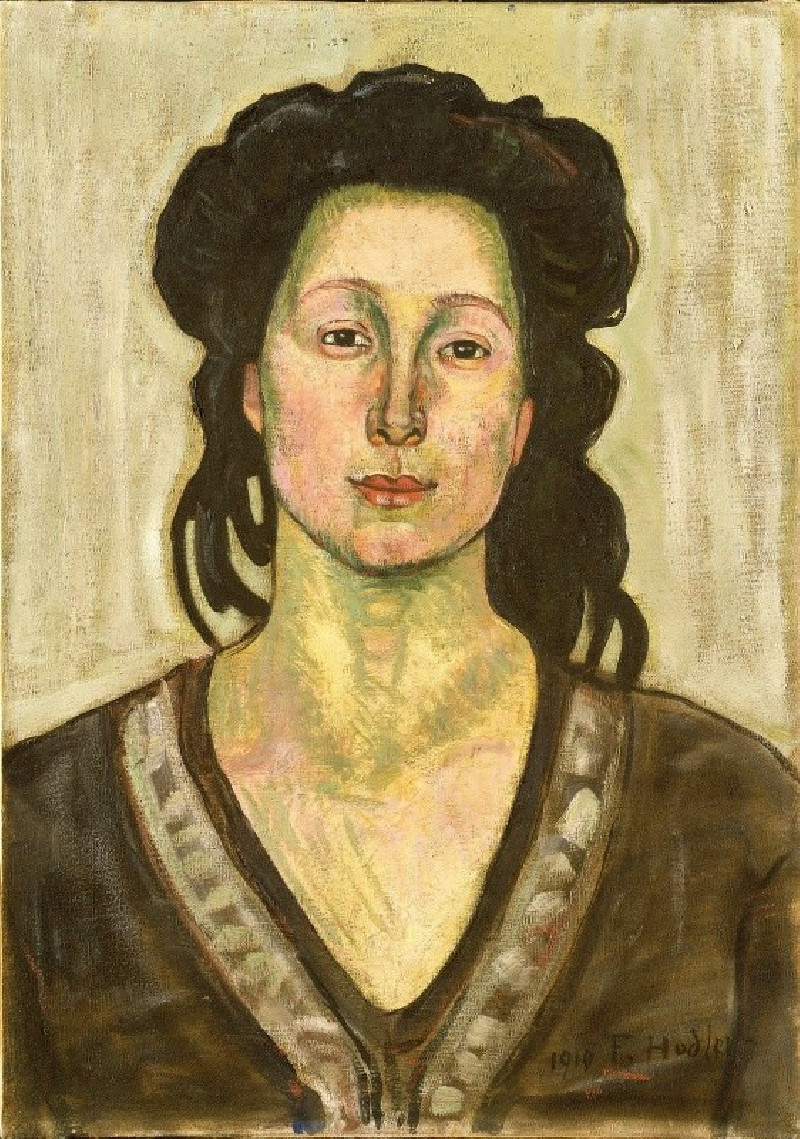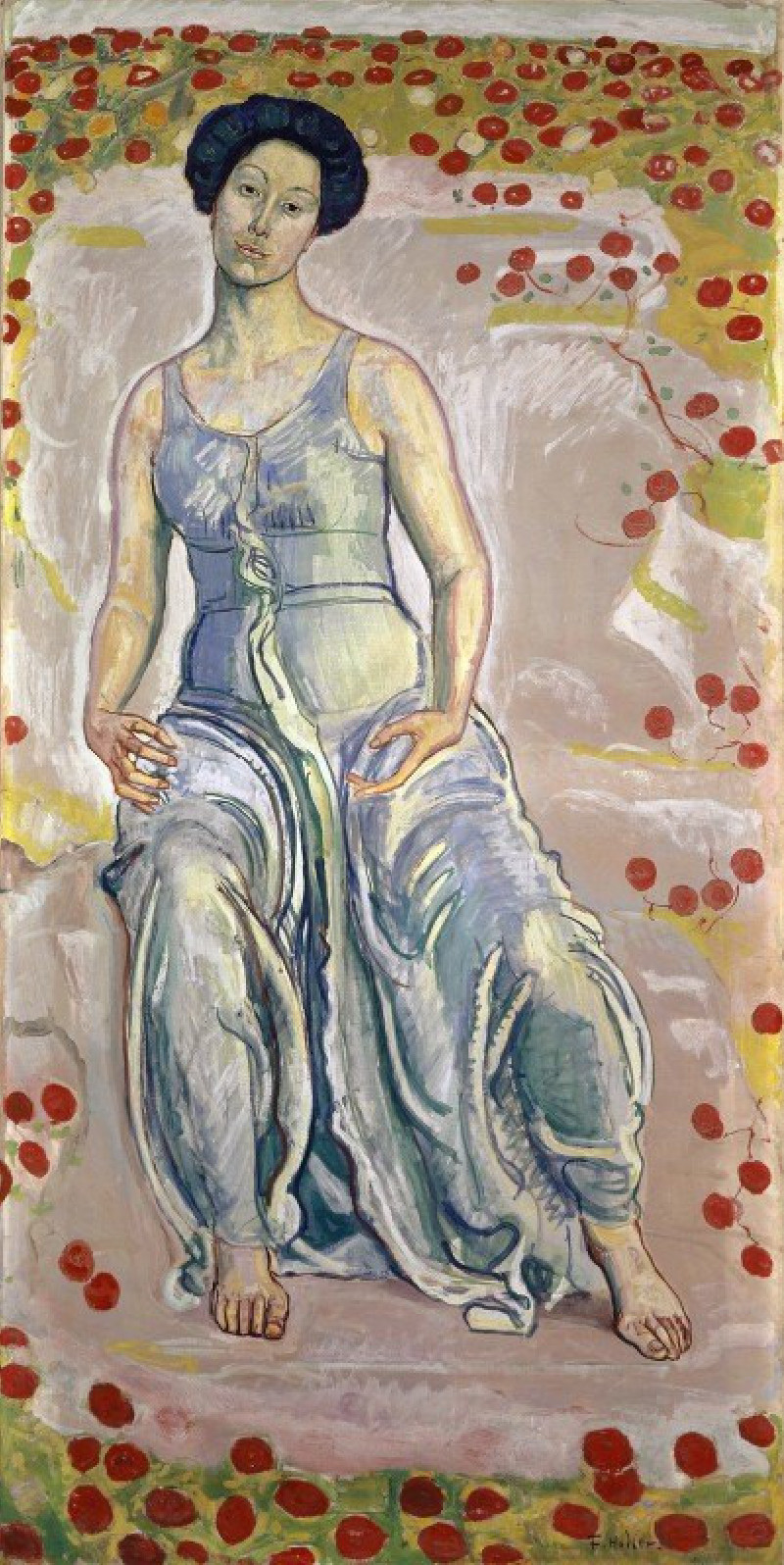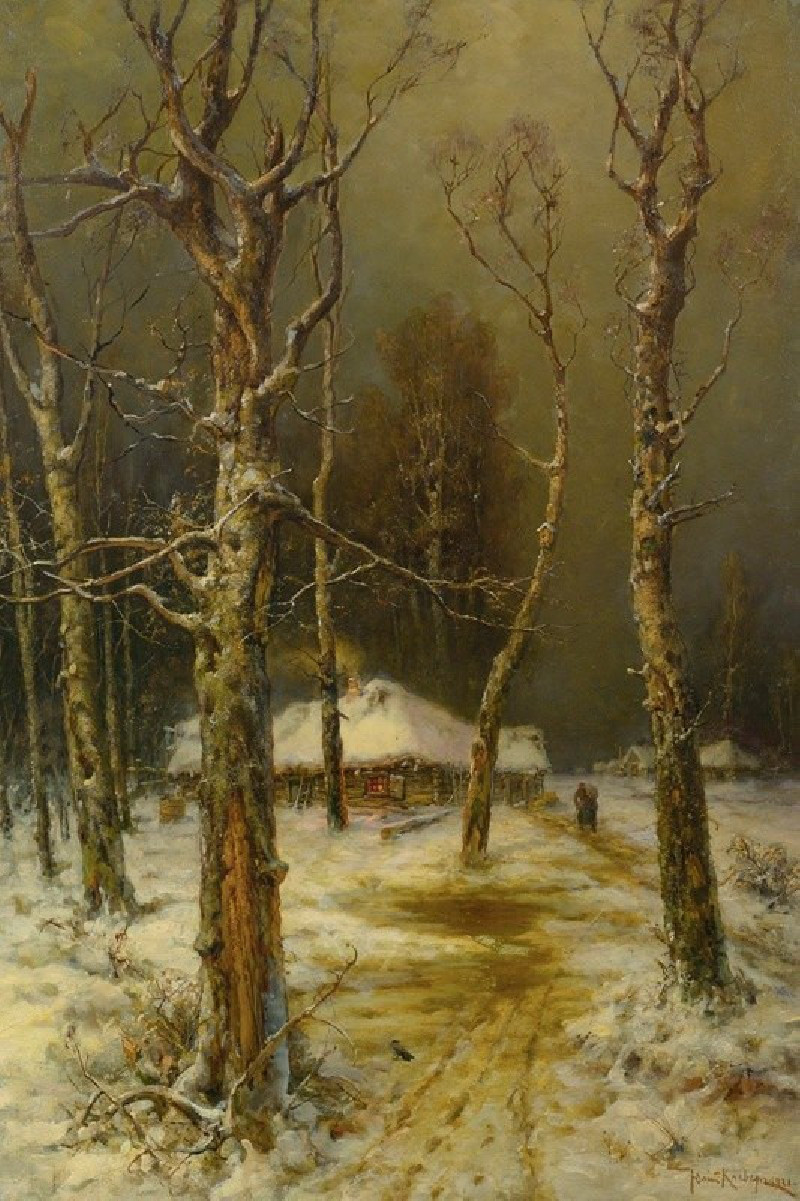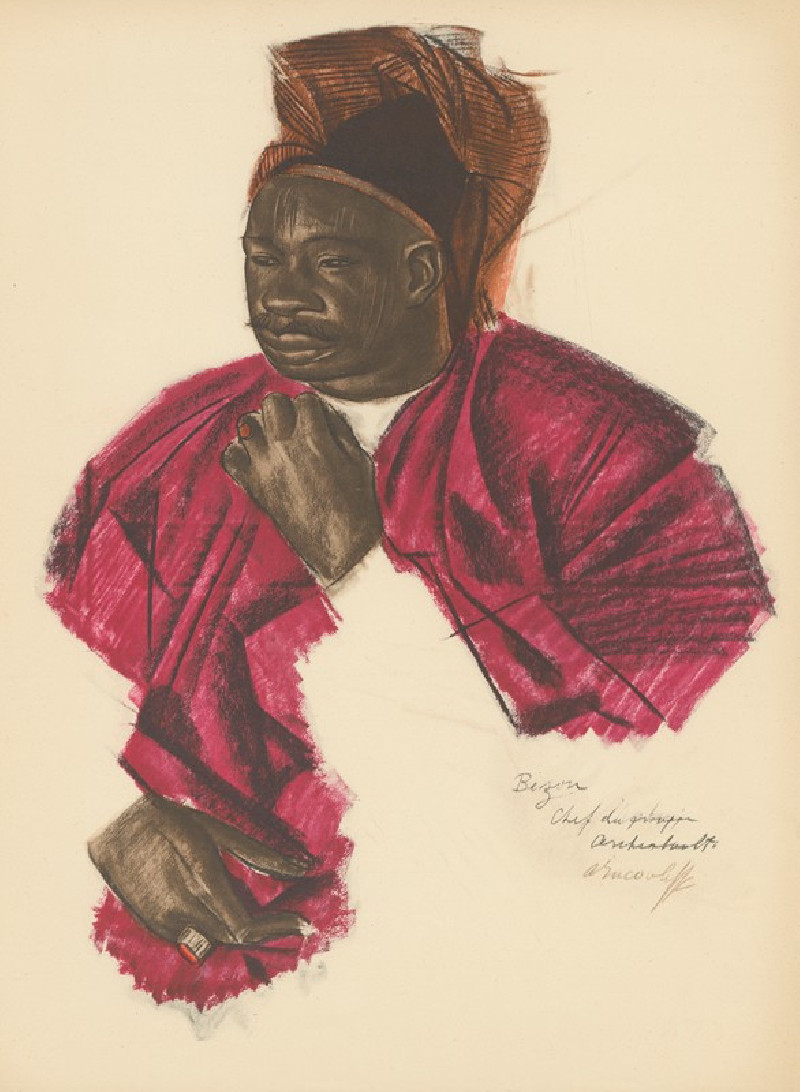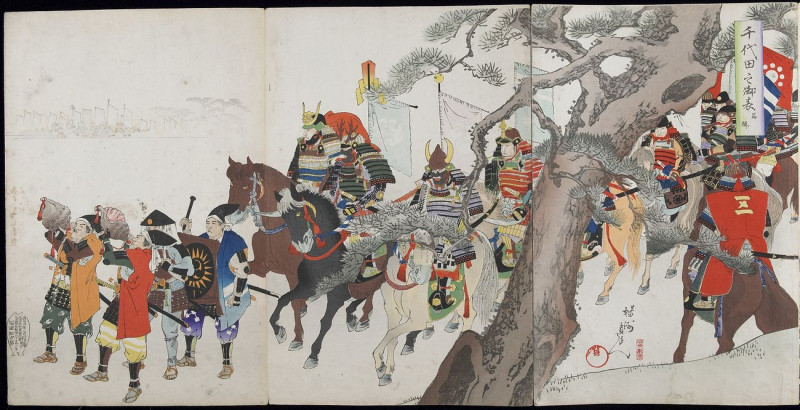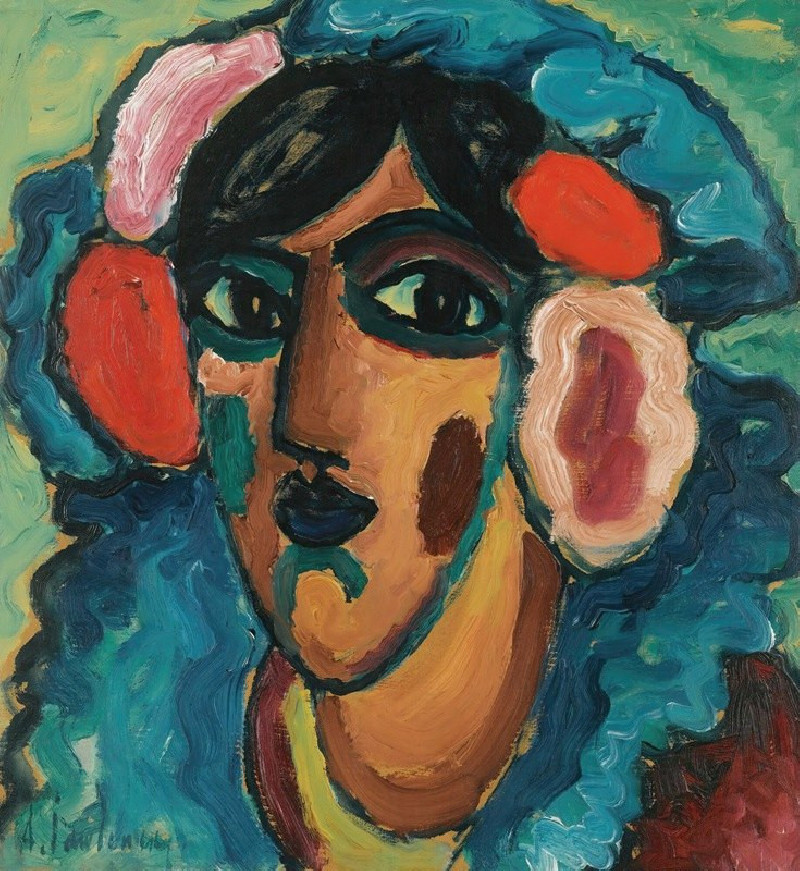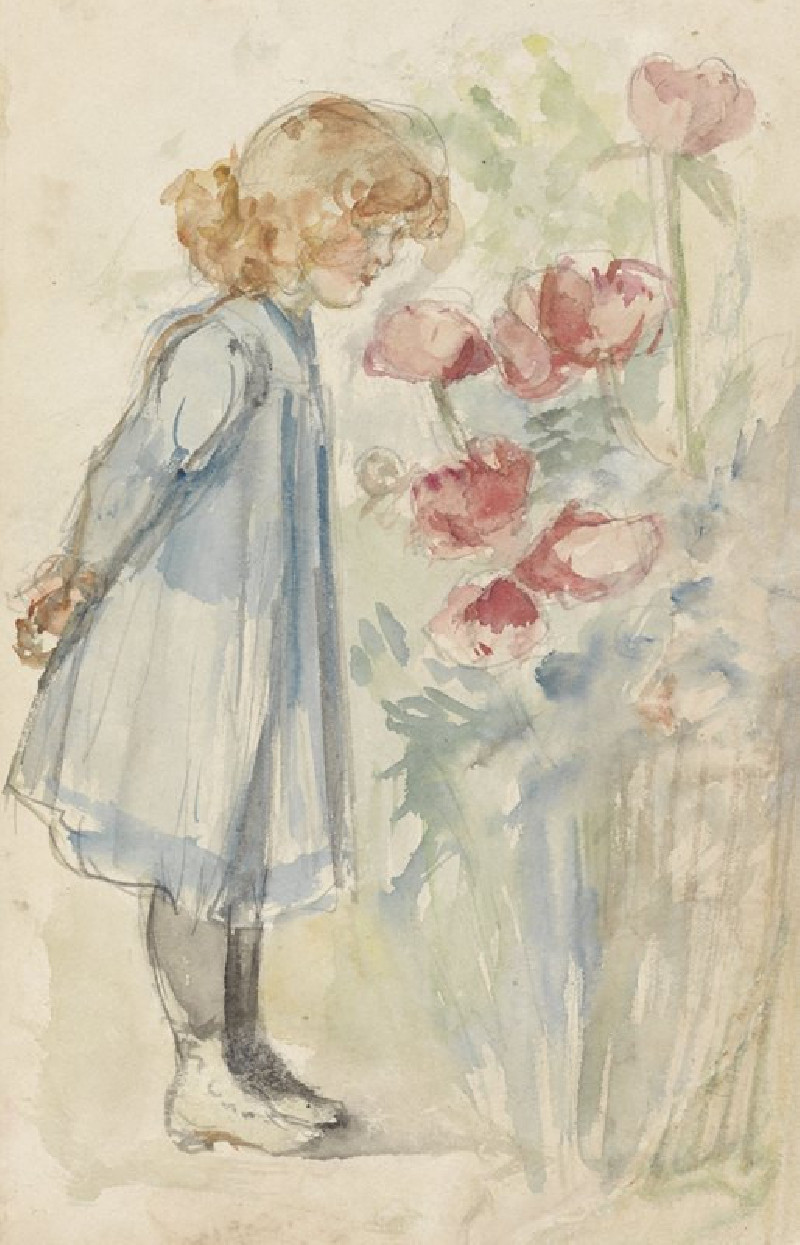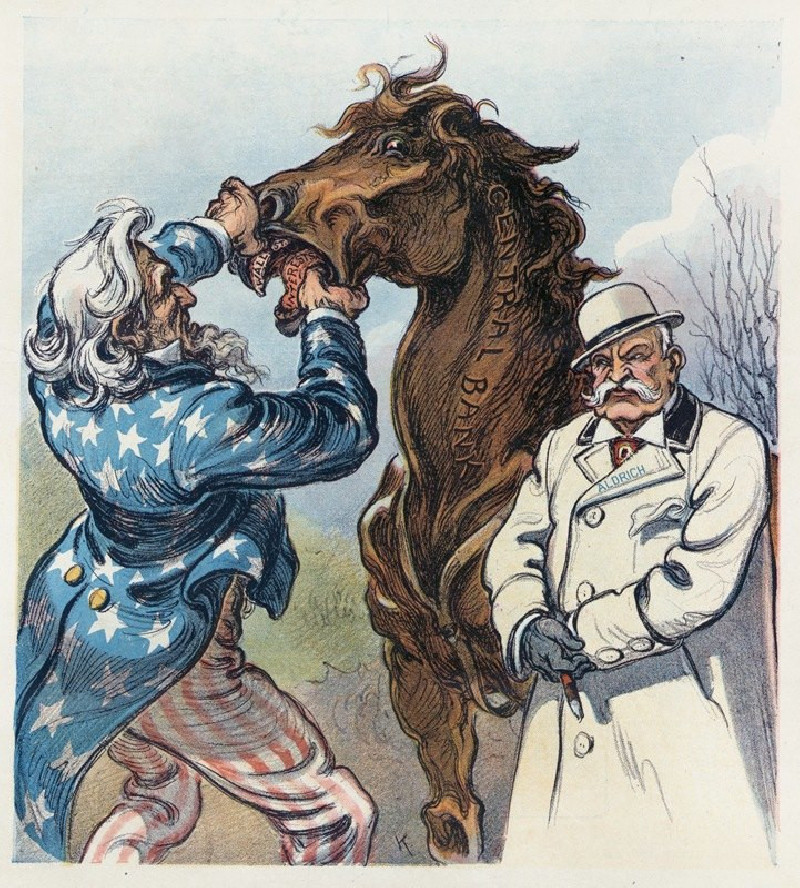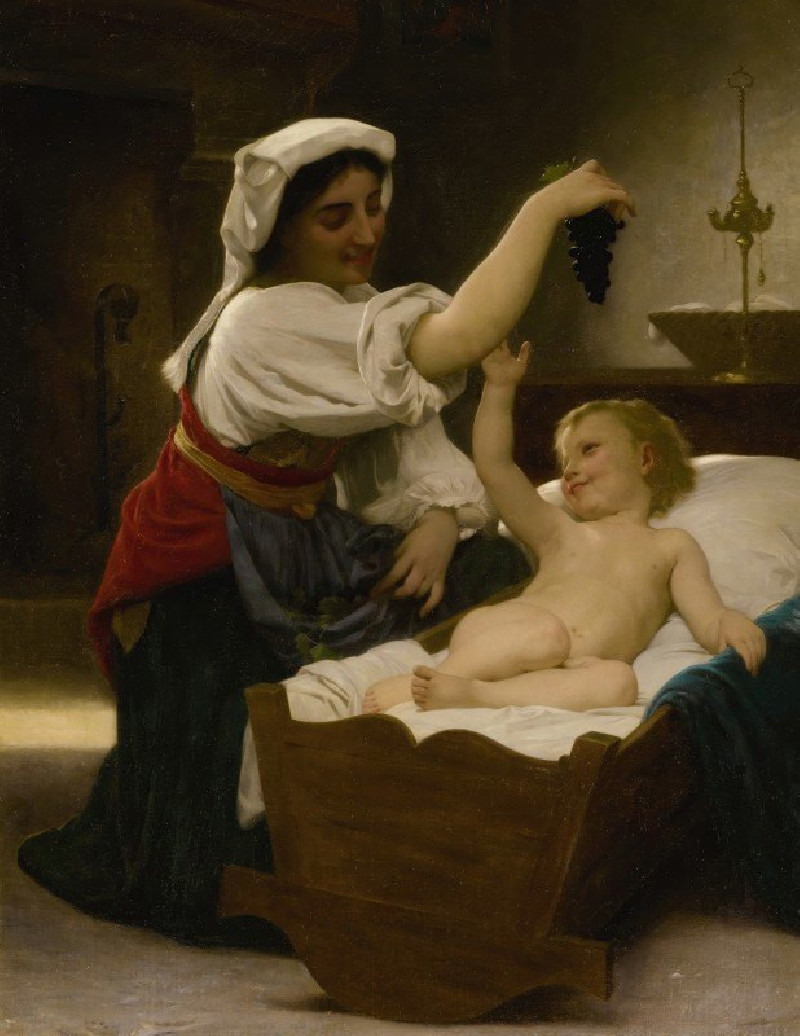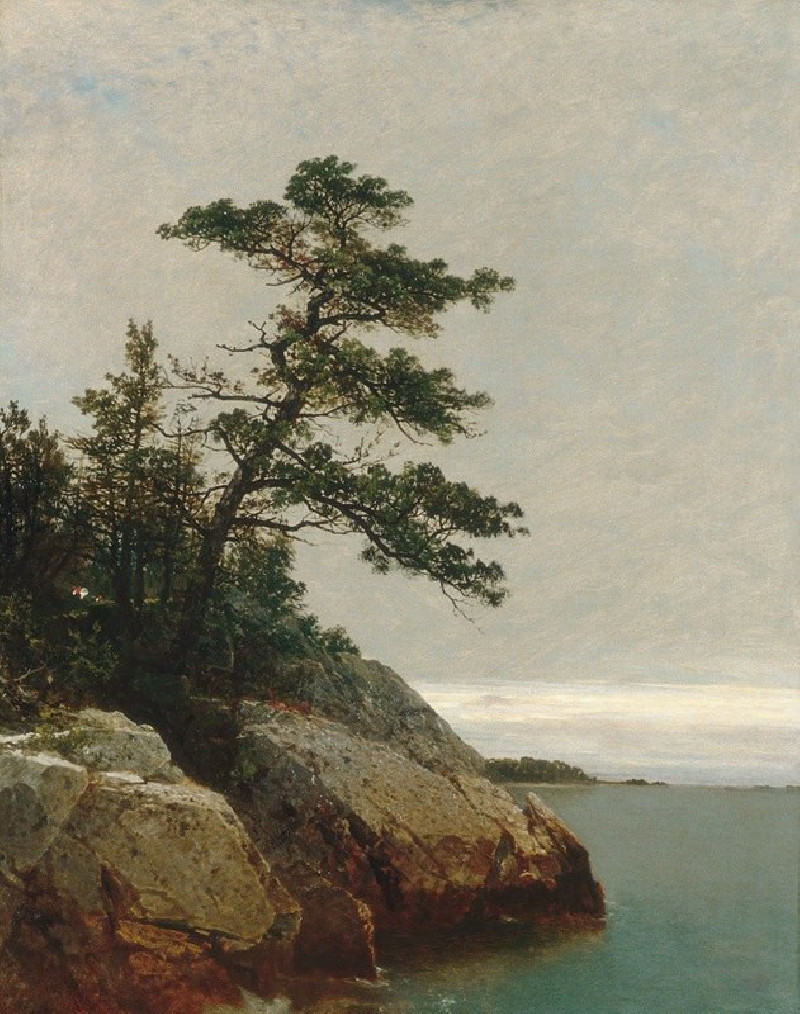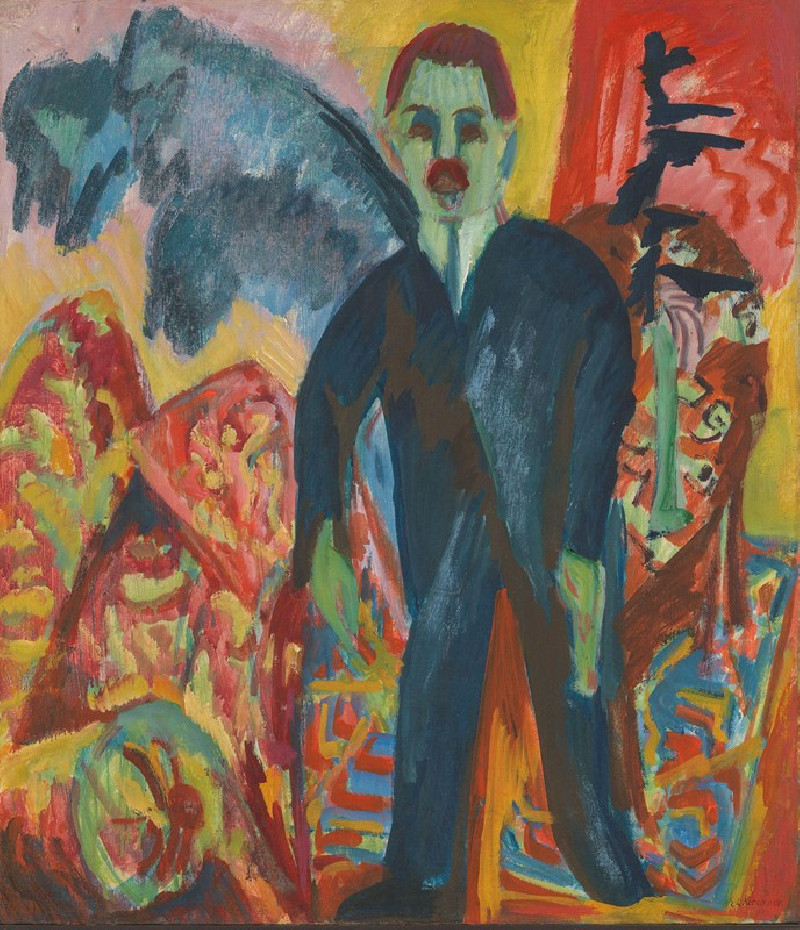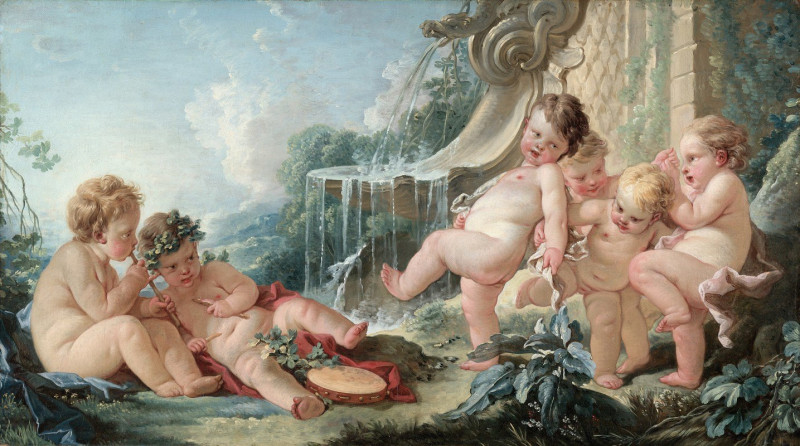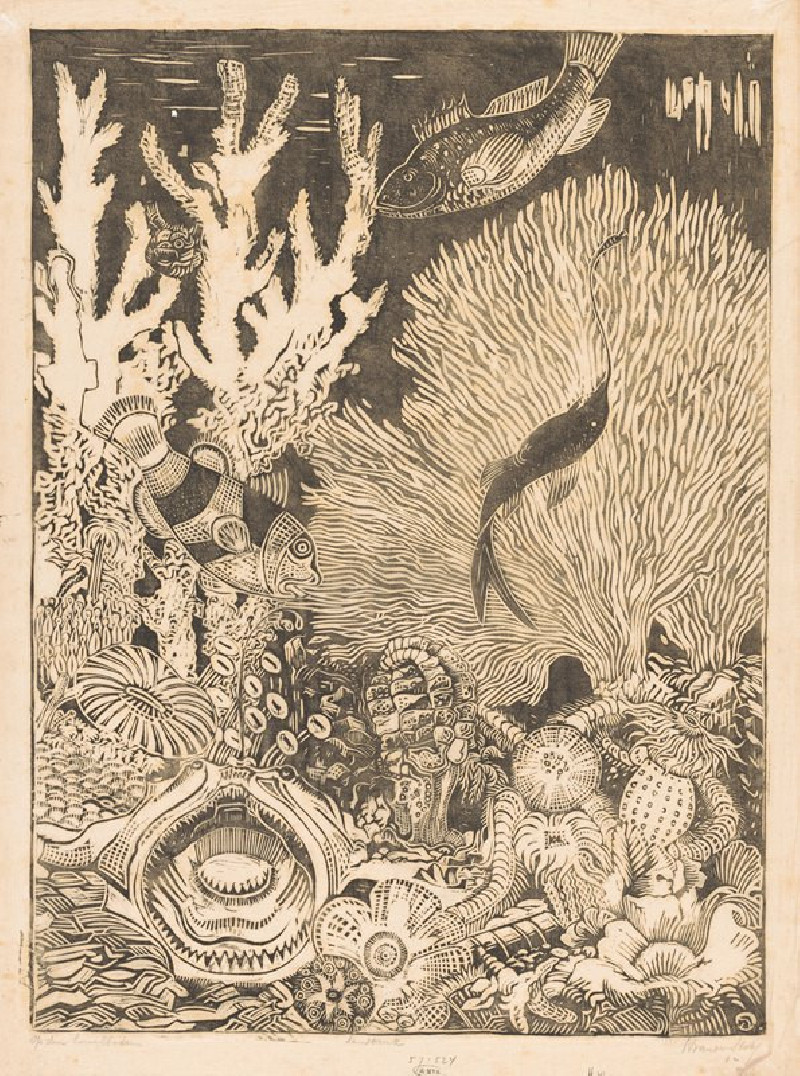Lake Geneva with the Savoy Alps (1907)
Technique: Giclée quality print
Recommended by our customers
More about this artwork
Ferdinand Hodler's painting "Lake Geneva with the Savoy Alps" (1907) captures a breathtaking view of natural tranquility and geological splendor. Characteristic of Hodler’s style, the artwork illustrates the majestic beauty of nature with a serene and harmonious palette. The painting is vertically segmented, featuring the expansive calm of Lake Geneva at the forefront set against the grandeur of the Savoy Alps rising in the distance.The mountains are rendered with crisp, clear lines that delineate their rugged contours, and their peaks, touched by light, contrast subtly with softer shadows, highlighting their majestic and rugged forms. Beneath, the lake is portrayed in layers of soothing blues and gentle lilacs, creating a reflective surface that mirrors the quiet skies above and the solemnity of the mountains.An ethereal hint of green at the horizon suggests either the onset of dawn or the lingering end of dusk, adding a whisper of time and atmosphere to the scene.
Delivery
Reproductions are made to order and take 5 to 7 working days.
We send them out by courier and delivery takes another two working days.
If you need a reproduction sooner, please contact us - we can usually find a solution and produce it a little faster.
If you don't want to pay for postage, you can pick up your paintings at our galleries in Kaunas or Vilnius.
Returns
Yes, reproductions can be returned.
If you have any doubts more than 30 days after the date of purchase, please contact us - we will take the reproduction back for a refund or offer you a replacement!
We accept a maximum of two returns per customer - please note that we make reproductions to order, so please choose responsibly.
We do not refund shipping expenses.

